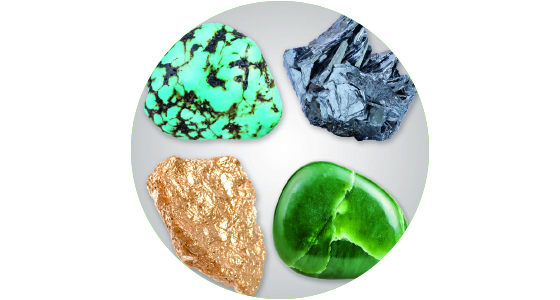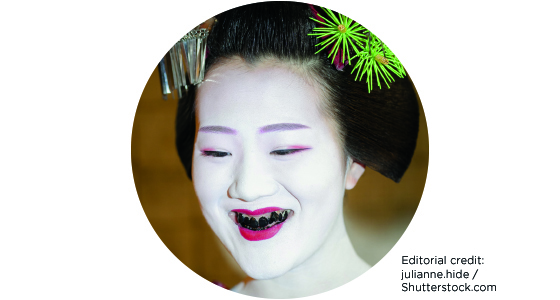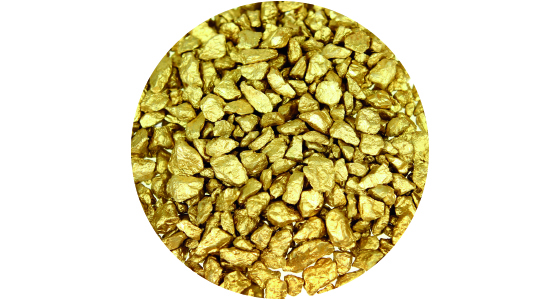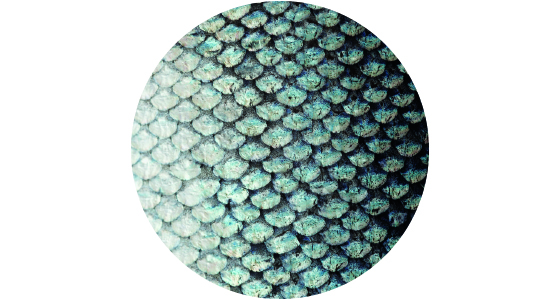You might think “bling” is a recent fashion craze, but it turns out that even ancient cultures were fascinated with bedazzling their teeth. Cosmetic dentistry has a long and surprising history — check it out!
History of oral health: Teeth embellishments
1800 B.C. to A.D. 250
Some of the first teeth embellishers were Mayan dentists, who decorated teeth with jade, turquoise, gold and hematite. This process involved first drilling holes into the teeth and then using adhesives like plant sap to attach the jewels.
250 to 1870
In a custom known as “ohaguro,” aristocratic Japanese dyed their teeth black when they reached puberty, as a symbol of health, beauty and status. Made by dissolving iron filings in vinegar, the inky substance was also believed to preserve teeth, protecting them from yellowing and decay. While the practice was popularized during the eighth through 12th centuries, it was later banned in 1870 by the Meiji government.
1178
When Chinese explorers in the Philippine mountains wrote of their encounter with a “fierce tribe with gold-pegged teeth,” they unknowingly created the earliest written record of cosmetic dentistry. Archeological evidence suggests that these “gold-pegged teeth” were achieved by hammering gold plates into the mouth. Sometimes gold was even adhered by drilling holes into teeth. What we do for beauty!
Today
Teeth embellishments run the gamut from grills and tooth jewelry to tooth tattoos.
Despite their enduring popularity, tooth embellishments often lead to painful and costly oral health complications. So, consider prioritizing your oral health by admiring embellishments of ancient civilizations at museums, rather than in your own mouth.
Spring’s finally here!
Check out these smile-inducing activities for you and your family.
Thinking of going abroad for dental care?
Get the facts before making the trip.
Baby’s first dental plan
It’s never too early to protect your baby’s teeth.













